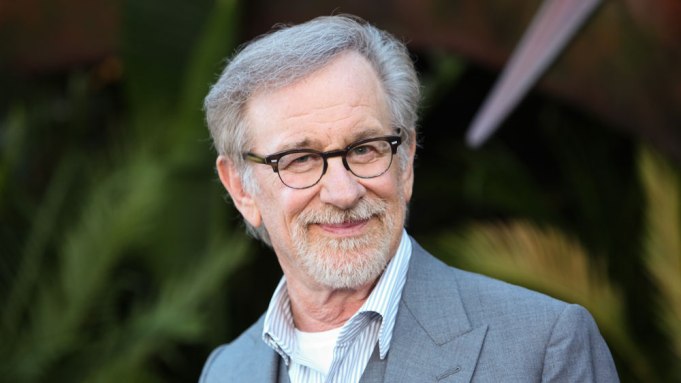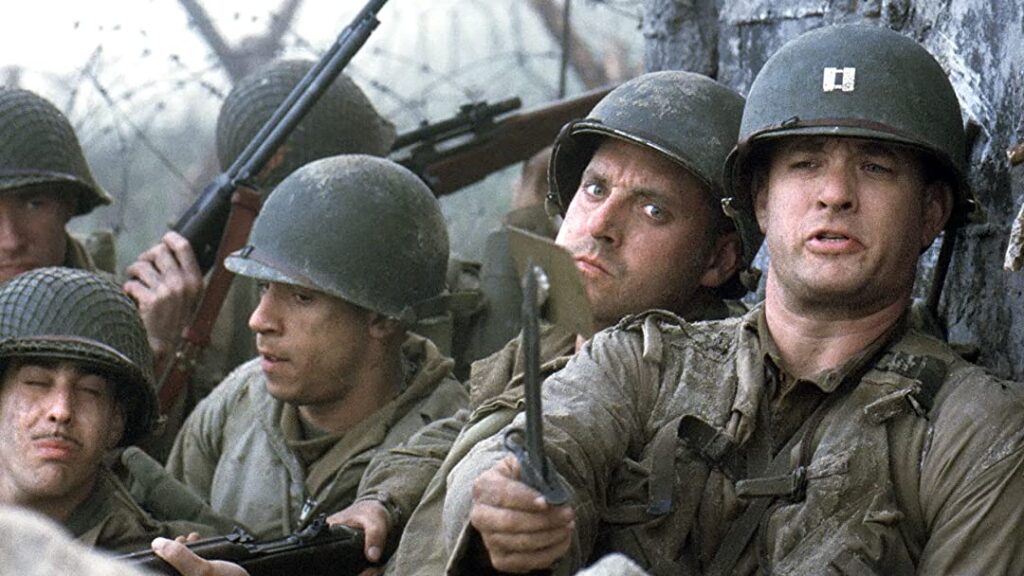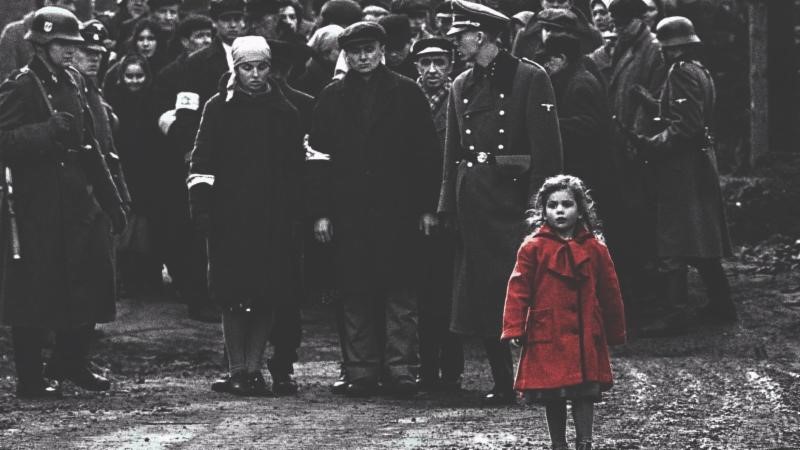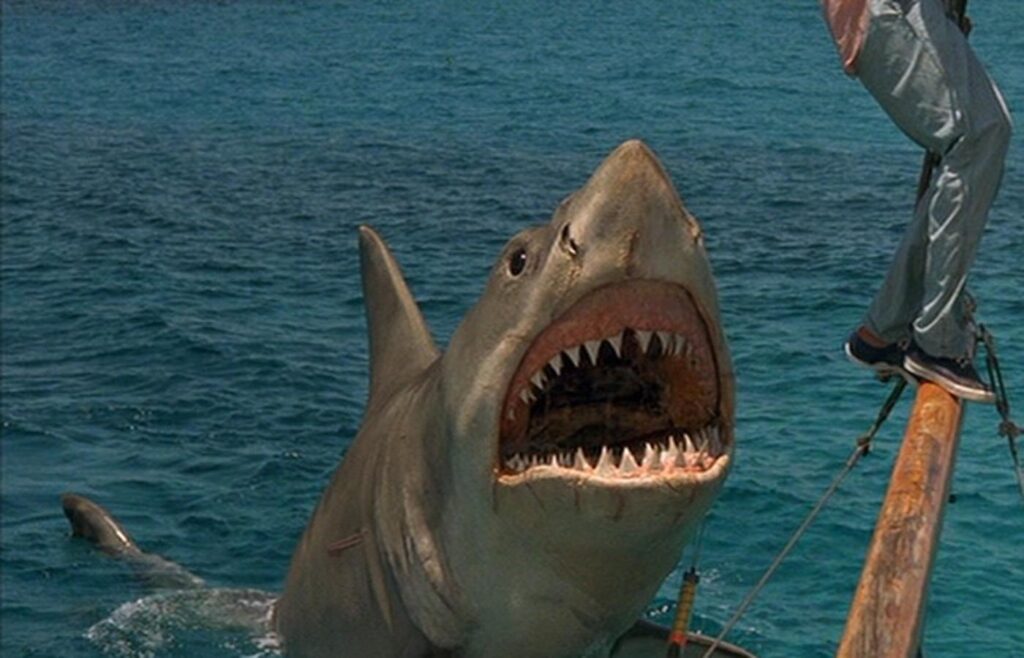Most of us have heard many stories about war, oppression, and even segregation that people have challenged in different eras. These issues have been causing many important occurrences in the world. The purpose of all these matters is power and wealth. In this situation, we see power-hungry people who do not care about human lives. on the other hand, some people are trying to save others which shows a great humanism aspect of these people. Some of these stories have been narrated for us by movies. Steven Spielberg, a famous director, has directed many successful movies based on war, oppression, and segregation. His works include Save Private Ryan, Jaws, and Schindler’s List. These three movies have a common point which is about trying to save people’s life. We see a combination of violence, war, and hope to survive simultaneously. The director shows us the darkest moments of life with extreme violence and death. The audience could not imagine any brightness in the characters’ lives but we do see some scenes which portray hope. Spielberg uses cinematography to show characters feeling deeply in different scenes. Camera angles and speed of camera movement helps to transfer the real feelings.

The director decides how every scene is shaped, and we can see how his/her creative selections will affect the audience. For example, at the beginning of Schindler’s List, Spielberg uses close-up shots and handheld cameras with fast panning which shows anxiety, tension, and fear on Jewish people’s faces. Steven Spielberg understands the functions of close-up and handheld camera motions, so he often uses that to describe his purpose. As we know that every frame perspective is a combination of camera angle, level, and distance which completes a framed view together.

The Schindler’s List is a realistic movie based on war and violence. It involves the most effective scenes. In this movie, camera angle and distance imply the concept of violence. For instance, in a scene where we see Amon on the balcony, it is shot with a low angle that emphasizes his power and domination. Later, the victim’s viewpoint was shown through the fast camera panning shot. This was symbolic and meaningful because the eagle was the sign of German power. It seems that the director wants to tell us that he is a powerful eagle. In this movie, we encounter different power levels. In a scene, when Schindler is eating lunch in his factory, we see 1, 2, and 3 shots together. We can see the factory workers who are working on the ground floor, Itzhak who is standing in the second level in the scene, and Schindler who is eating his lunch while sitting on a chair. These angles and the character’s distance from the camera show us different power levels. Using many close-up scenes with handheld camera motions has succeeded to create the most realistic moments of war, violence, anxiety, and even hope to survive. In other words, we could observe how camera angle, distance, and movement shape this film’s form and enhance its meaning.

Jaws is another Spielberg’s movie that is based on war and survival but a different kind of it. In some parts of this movie, the director uses zoom, close up shots, medium shots, and long shots at the same time to produce stress, excitement, and tension for his audience. In one of the early scenes, we see a long shot of a piece of wood on the sea where the camera goes under the water and shows the boy’s feet while he was splashing. We can also see the low angle camera with a medium shot where it gets closer to the boy’s feet. The shots are changing from medium to close-up and later extreme close-ups. In this scene, the director makes the audience think that the camera is looking at the boy through the shark’s eyes. Camera motions lead the audience to a water surface where the boy is splashing and fighting to save himself from the shark. The close-up shot of the boy shows his suffering and the bloody water depicts that he died in a painful way. Spielberg repeats this horror scene when the three men decide to hunt the shark. In the last parts of the movie, the fisherman is fighting the shark, we see many short take close-up shots with a combination of low and high camera angles. This shows that the shark is swallowing the man, and the audience can feel the man being tortured. Spielberg‘s close-up shots show the extreme suffrage and violence which people tolerate. He invites his audience in the middle of accidents which makes his movies very realistic.

Another Steven Spielberg’s movie that has amazing cinematography techniques is Save Private Ryan. In the begging scenes of this movie, the audience encounters many effective scenes based on war, violence, tension, and survival. The director uses many close-up short takes with a handheld camera in Schindler’s List movie to show extreme violence, war, and tension. In some scenes, the begging starts with blood and dust on the lenses of the camera because a very close shot of the scene was taken. He uses a “Black & Decker” drill to create vibrate in the scenes that show the chaos better. Spielberg made decisions about the camera position and he decided to put the camera in the middle of the disasters to sensitize the audience. For example, the group of soldiers was looking for Ryan and one of them died. we see the dying soldier’s face and his friends’ while he was struggling and crying in the close-up shot with a low angle camera. In this scene, the audience can feel the realistic moment of the violence caused by the war which resulted in his death. We see a close shot of him while he was drowning in the blood. He says, “I don’t want to die” which was very tragic. The director was successful in showing the catastrophes of war even in non-war scenes. For instance, in the begging scenes of the movie, we see an extreme close-up of captain Miller’s shaking hand which is a result of the mental pressures caused by war. There are scenes where we see Captain Miller’s handshaking. By the end of the movie, when Captain Miller was killed, we see an extreme close-up shot of Captain Miller’s hand which was at rest not shaking. most of the scenes with low angle camera shot shows the power of the soldiers and enemies. There is a scene where Captain Miller is looking at the map and crying. The director used a low angle camera shot with the slow push-in camera movement to show the deep emotion of Miller’s suffering. This scene portrays him as the power soldier by using a low angle shot and the dolly movement transforms a wide-angle shot into a profile close-up shot which showed his sadness.
In conclusion, I would like to say that the cinematography techniques used by Steven Spielberg were really good. He uses low angle shots, close-up shots, and handheld cameras in his three movies. These techniques created the most realistic and effective moments of war, violence, and tension. Through his techniques, he put his audience in the middle of the disasters so that they can feel the depth of the character’s feelings. I believe the use of these techniques has become a part of Spielberg’s directing.

